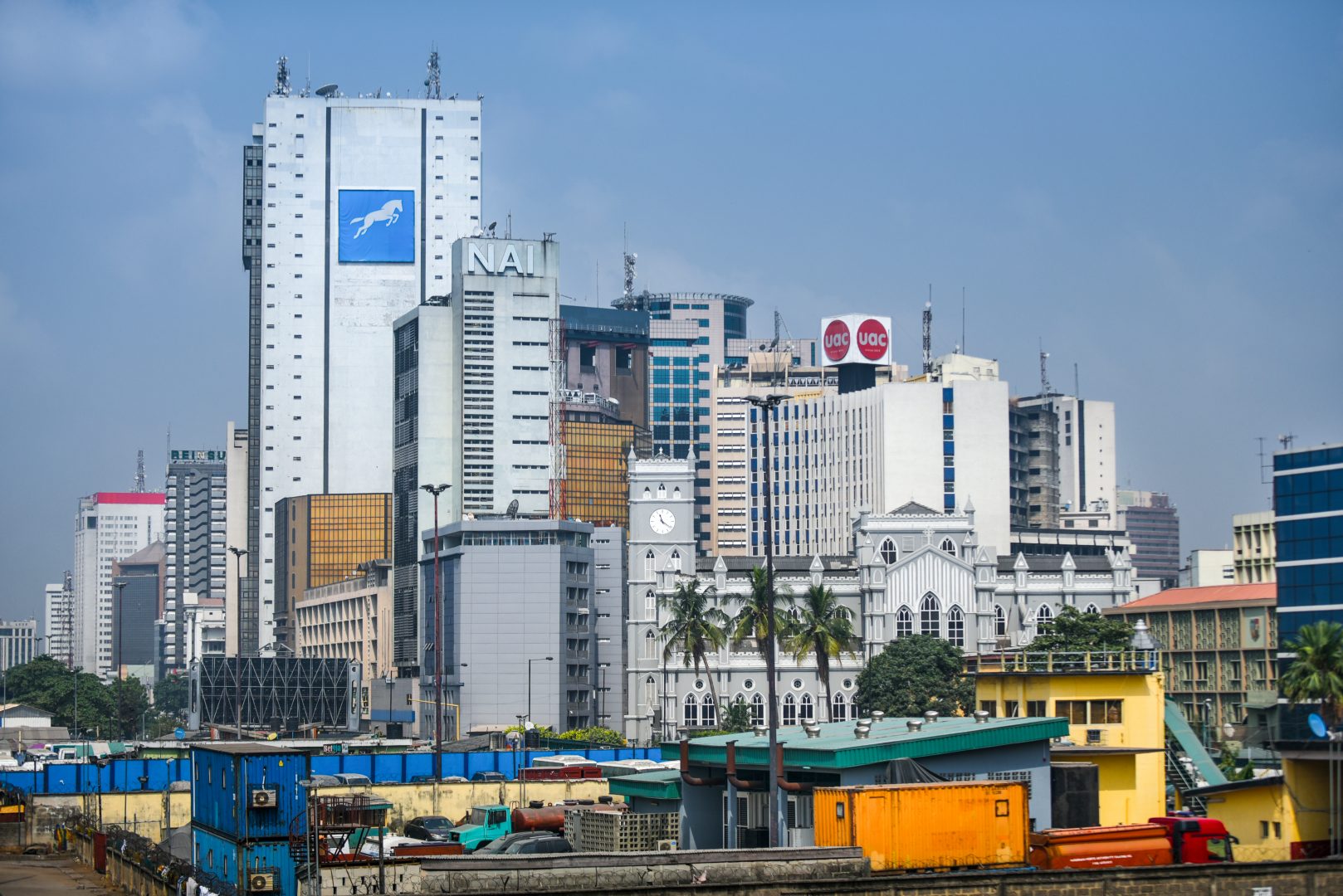CRDB Bank
Partnering to reach SMEs
Our investment
CDC made its first investment in CRDB Bank in Tanzania in 2015 jointly with the IFC. A leading commercial bank in Tanzania, CRDB presented a compelling case both commercially and in terms of impact. The bank was listed in the Dar Es Salaam Stock Exchange in 2009 and was the first bank in Tanzania to be rated by Moody’s rating agency.
The macroeconomic and regulatory environment in Tanzania in 2015, while challenging, displayed signs of improvement. The country’s GDP had increased significantly since 2012 growing 6.7 percent to 2014, and further economic growth was forecast by the World Bank. Tanzania was also demonstrating an enhanced regulatory environment influenced by an increasingly regionalised approach across countries in East Africa. Tanzania with low banking penetration and limited access to finance offered CDC an opportunity to participate in the development of its financial sector. Only 44% of the labour force in the country had a bank account in 2014, according to the Global Findex Database.
Our development impact thesis aimed at supporting the increase of the bank’s lending exposure to retail and small and medium enterprise (SME) clients. The bank was seeking to strategically grow these segments, which aligned with CDC’s goal to increase access to finance in the region, particularly for underbanked segments.
The achievement of this thesis proved to be difficult. A challenging macro-economic, regulatory and business environment affected the investment through its lifecycle.
Throughout our partnership with CRDB CDC worked with the bank to improve its environmental and social management systems to meet international best practice.
We exited in December 2019, selling our stake on the Dar Es Salaam Stock Exchange.
Our impact
CDC’s investment in CRDB aimed to support the increase of the bank’s lending exposure to retail and SMEs, which in turn will improve access to finance for previously unreached segments in Tanzania.
CRDB was well-positioned to service this segment of the market with the bank seeking to proactively expand its network of branches and reaching new customers through its existing fleet of 21 mobile banking vehicles, 263 branches and 14,000 agents.
Employers and employees of small and medium sized enterprises across the country would benefit from increased access to finance, allowing these businesses to better manage risk and liquidity, and in turn, enable them to grow. Key priority sectors for the bank included trade, agriculture, manufacturing, tourism, and increasing access to finance for women.
Households—and often smaller businesses—would benefit from retail loans to help with consumption smoothening and asset accumulation, which would contribute to improved household well-being. According to the OCED over 90 per cent of the population in Tanzania have at least one member of the household employed in the informal sector. In countries with a substantial informal sector and consequently a significant proportion of smaller, unregistered businesses, retail loans are another route to accessing finance for such businesses.
Measuring our Impact
In the initial period of the investment the bank successfully increased its exposure to retail and SME, with a growth in the SME segment from 39% of the overall loan book at time of investment to 47% by 2017.
However, the Tanzanian macro-environment and specifically, the banking sector, which was difficult from the beginning of the investment, continued to prove to be a challenge. The bank began to focus on other segments such as treasuries – government issued debt bonds- as early as 2017, with net loans decreasing 10% and government products increasing by 90% over a year.
While growth of the loan portfolio remained static in recent quarters, CRDB still devoted over 58 per cent of its loan portfolio to the SME and retail segment when we sold our investment in December 2019. This is an indication of the bank continuing to serve underserved segments, which is in line with our original rationale for investment.
CDC also worked with the bank across value-add areas such as Environmental and Social Governance (ESG). The ESG team at CDC has provided capacity building jointly with the IFC and provided guidance to the Bank on how to improve the implementation of its Environmental and Social Management System. As a result of this, the bank revised the ESMS and worked towards better ESG risk management in its pipeline and portfolio.










